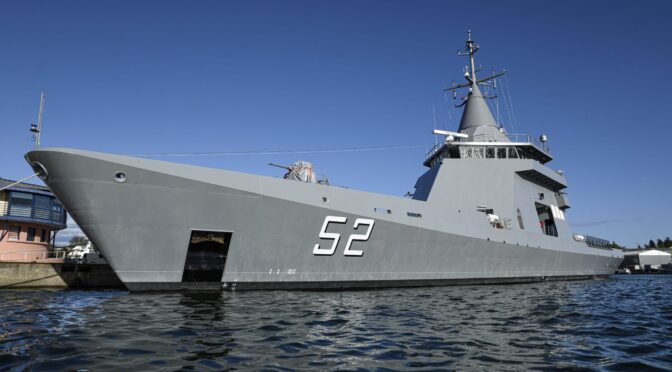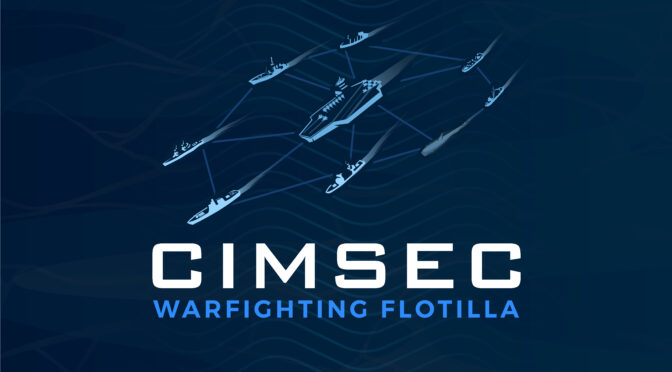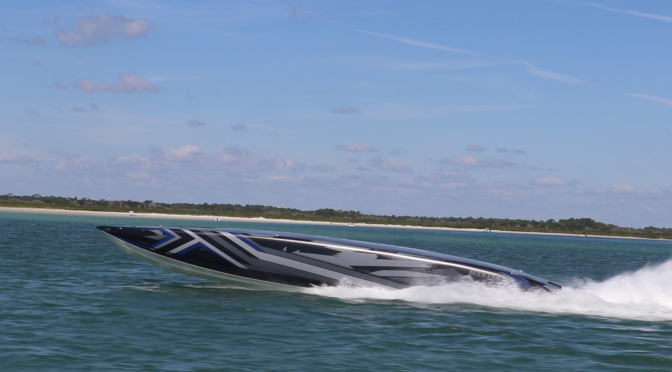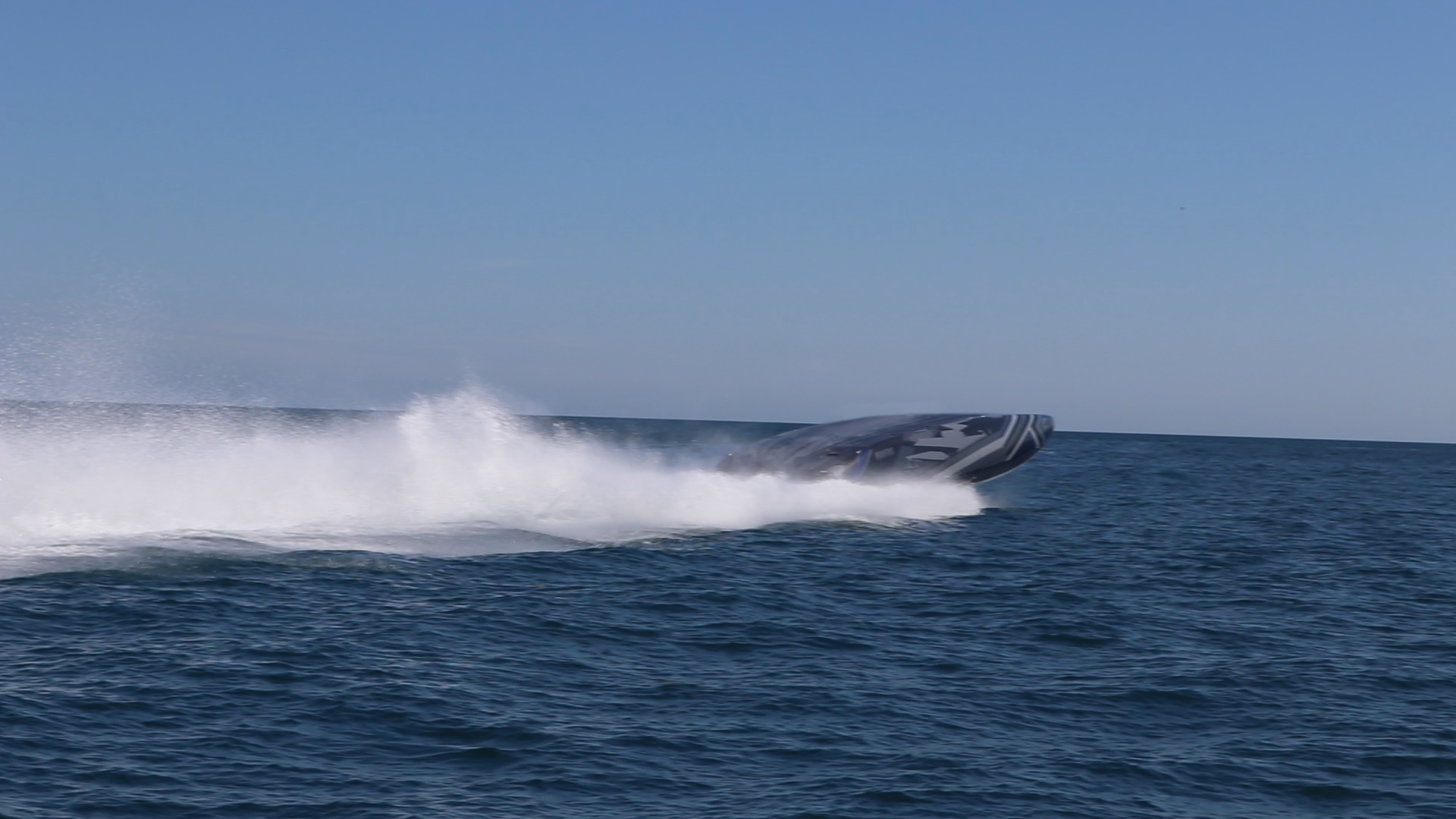By Wilder Alejandro Sanchez
The Southern Tide
Written by Wilder Alejandro Sanchez, The Southern Tide addresses maritime security issues throughout Latin America and the Caribbean. It discusses the challenges regional navies face including limited defense budgets, inter-state tensions, and transnational crimes. It also examines how these challenges influence current and future defense strategies, platform acquisitions, and relations with global powers.
“Whether [working] against COVID, transnational criminal organizations, the predatory actions of China, the malign influence of Russia, or natural disasters, there’s nothing we cannot overcome or achieve through an integrated response with our interagency allies and partners.” – General Laura J. Richardson, Commander, U.S. Southern Command
The Argentine Navy has deployed its two newest offshore patrol vessels (OPVs), ARA Bouchard (P-51) and ARA Piedrabuena (P-52), to monitor an international fishing fleet traveling close to the country’s exclusive economic zone (EEZ) en route to the South Atlantic. While there have been no confirmed reports of these vessels engaging in illegal, unregulated, or unreported (IUU) fishing, recent history suggests that this is occurring or will occur soon.
Putting the new units to good use
Bouchard and Piedrabuena are assigned to the Argentine Navy’s maritime patrol division (División de Patrullado Marítimo: DVPM). Along with a Beechcraft B-200 Super King Air aircraft assigned to the naval air squadron for maritime surveillance (Escuadrilla Aeronaval de Vigilancia Marítima), the two units monitored vessels traveling through the Magellan Strait en route to open seas in the South Atlantic, according to a 23 December press release. After departing from Admiral Zar base in Trelew, Chubut Province, the B-200 flew over “the fishing fleet, in coordination with the patrol boats, maintaining surveillance… of the activities carried out by these ships of different nationalities.”
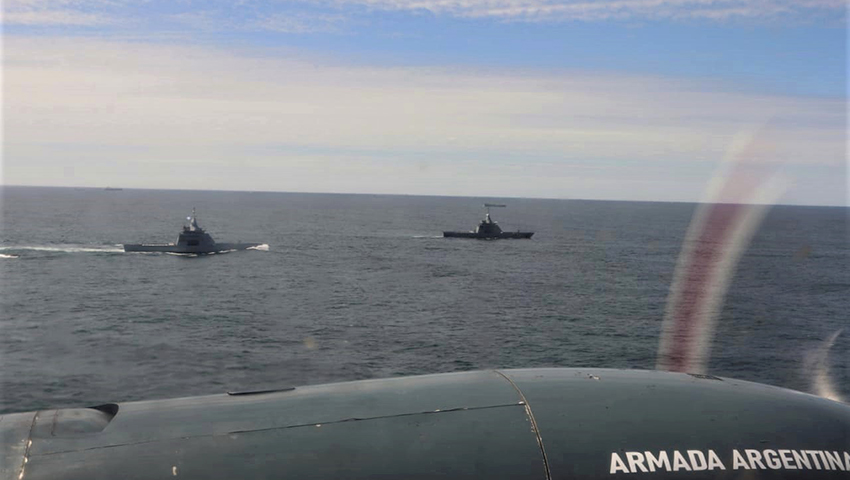
The support vessel ARA Estrecho de San Carlos (A-22) has reportedly replaced Bouchard as the main vessel assigned to Ushuaia, the capital of Tierra del Fuego province, which is near the Beagle Channel and Argentina’s border with Chile.
Argentina has acquired four Gowind-class OPVs from France, manufactured by Naval Group. The third unit, ARA Storni (P-53), was delivered in October 2021, while the fourth and final ship, ARA Bartolomé Cordero, was launched in September 2021 and will likely be delivered sometime in early 2022. The four units will help the Argentine Navy improve its patrol and surveillance operations.
There have also been developments from a bureaucratic standpoint. In late February 2021, the Ministry of Defence created the Joint Maritime Command (Comando Conjunto Marítimo: CCM) to “patrol and control of [Argentina’s] maritime and fluvial areas.” The MoD announced that starting this past 1 January, the CCM assumed command of surveillance maritime operations, which includes monitoring the international fishing fleet that is sailing near the country’s EEZ.

Good and Bad News
The Argentine Navy will have additional air and surface units in the near future. In late December, the Argentine government announced that the local shipyard Tandanor will construct a new icebreaker for Antarctic operations to replace the aging icebreaker Almirante Irízar (Q-5). In the same month, the Ministry of Defence announced that two refurbished Sikorsky SH-3H Sea King medium helicopters will be acquired to improve capabilities and operations, including search and rescue, in the country’s southern areas and during Antarctic operations. The price of the two helicopters, including personnel training and spare parts, is USD 12.8 million.
Alas, the service still has no operational submarines. Moreover, apart from the four new OPVs, the rest of the fleet has yet to be modernized, which limits the service’s capabilities for constant, long-range patrol operations to monitor illegal activities by the international fishing fleet.
IUU Fishing
Argentina has a history of combating IUU fishing. For example, in 2016, the Mantilla-class patrol boat Prefecto Derbes (GC-28) shot and sank the Chinese fishing vessel Lu Yan Yuan Yu 010. The ship had reportedly ignored warning shots and attempted to flee, only to ram the Argentine patrol vessel. Lu Yan Yuan Yu was reportedly fishing without authorization in Argentina’s EEZ close to Chubut Province.
The author of this article has written several essays for CIMSEC about IUU fishing in Latin American waters (See 2016’s “Latin American Navies Combat Illegal Fishing,” and 2020’s “The Ecuadorian Navy’s Constant Struggle Against IUU Fishing.” Regional cooperation is vital to solving this security challenge, which can be achieved by modernizing the Inter-American Treaty of Reciprocal Assistance (Tratado Interamericano de Asistencia Recíproca: TIAR) into a 21st-century agreement that is also tasked with combating IUU fishing. Turning TIAR into TIAR 21, as the author suggested in a July 2021 Regional Insight paper for the William J. Perry Center for hemispheric Defense Studies at the US National Defense University, would be an essential step forward to more effectively monitor South America’s vast waters and prevent the ongoing maritime pillaging of precious marine resources by extra-regional fishing fleets.
An international fishing fleet, comprising vessels from countries such as China, Spain, South Korea, and Taiwan, continuously operates throughout South America, moving with the season. For example, the same fleet operated around Ecuador, close to the Galapagos Islands, in July-August 2021, then traveled south through Peru and Ecuador. It is currently crossing the Magellan Strait to operate in the South Atlantic for the Summer months below the Equator. In Argentina, fishing vessels are focused on fishing squid, spider crab (centolla), and crab.
According to a December report by the Argentine daily La Nación, the “fishing season” commenced in early December, as some 180 vessels, “mostly from China,” crossed the Magellan Strait after operating in waters close to Chile and Peru. “By April, there will be approximately 500 ships operating in the area,” explained Major Néstor Alberto Kiferling, head of Argentina’s maritime traffic service. As modern as the Gowind class ships are, the international fishing fleet vastly outnumbers the Argentine Navy’s current capabilities, even with support from aerial units and other vessels.
Conclusion
It has been argued that Argentina is in a better situation vis-à-vis IUU fishing today compared to five years ago. Indeed, the Argentine Navy is putting its two new OPVs to good use by deploying them to the Magellan Strait to monitor the international fishing fleet crossing through the country’s EEZs en route to the South Atlantic. As with many other South American countries, one of Argentina’s major environmental challenges is IUU fishing, But while IUU Fishing is problematic when perpetrated at low-scale by fishing vessels from Argentina or a neighboring country, it can become truly catastrophic when done so by hundreds of international fishing vessels with no interest in preserving the maritime environment.
Wilder Alejandro Sánchez is an analyst who focuses on international security and geopolitics. The views expressed in this article belong the author alone and do not necessarily reflect those of any institutions with which the author is associated.
Featured Image: ARA Piedrabuena (P-52) at Piriou’s Concarneau shipyard (Photo Credit: Naval Group)

